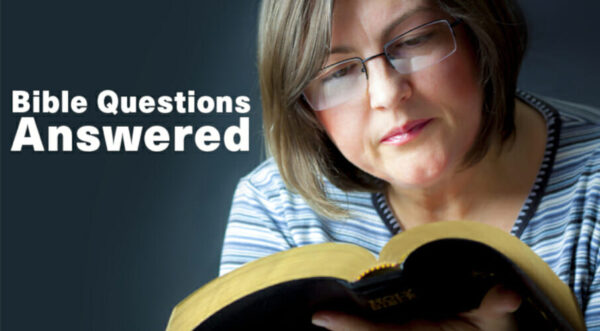References to the food of God are easily found in the book of Leviticus. The book gives the impression that God ate the sacrifices and offerings of the Israelites. Let me respond to the question using three basic concepts.
1. FOOD AND SACRIFICES
References to the food of God are found in the context of the Israelite sacrificial system. The sacrifices are called “the food of their/your/his God” (Lev. 21:6, 8, 17, 21, NIV), or “holy food” (verse 22, NIV). The altar of burnt offerings is designated the “table that is before the Lord” (Eze. 41:22), “My table” (Eze. 44:16), and “the Lord’s table” (Mal. 1:7, 12, NIV). The language used in these passages is that of food served at a table for someone to eat it. The tabernacle itself is, properly speaking, the house of the Lord with a table on which bread and incense were placed before the Lord once a week (Lev. 24:5-7).
2. GOD DOES NOT EAT FOOD
Although the sacrifices are called “God’s food,” it is never said that God ate the food. In fact, God emphatically denies eating the flesh of the sacrifices: “If I were hungry I would not tell you, for the world is mine, and all that is in it. Do I eat the flesh of bulls and drink the blood of goats?” (Ps. 50:12, 13, NIV), expecting the answer “Certainly not!” The One who created the heavens and the earth, the self-existent One, has no need for food. Pagan gods had natural needs, and if the worshippers provided for their needs, the gods would grant them whatever they would want. This type of sacrificial system was a way of pacifying and manipulating the gods. Not so in Israel. And yet there is such a thing as God’s food.
3. GOD CONSUMES HIS FOOD
What happened to the flesh of the sacrifices or to the meal offerings, the food of God? A portion of every one of them went to the officiating priest, who ate it. In other words, in the context where God’s food is mentioned, the one who eats it is the priest (Lev. 21:22; 22:7). However, another portion of the sacrifice or offering—the food of God—was burned on the altar of burnt offerings located in the courtyard of the sanctuary (Lev. 3:9-11). In the case of the bread of the presence, the priest ate the bread once a week, and the incense was burned on the altar in the holy place as an offering to the Lord. By burning a portion of the offering, God signaled that He accepted it. Through the fire the Lord consumed the offering, making it impossible for humans to retrieve it. It was absolutely His, and in accepting it, He accepted the offerer to fellowship with Him (Lev. 1:4; 7:18). In some cases a portion of the sacrifice was given back to the offerer, who ate it in the presence of the Lord (Lev. 7:16-18). God shared His food with the Israelites.
Many scholars interpret the image of God’s food as anthropomorphism—God is described doing what humans do. The intention is to demonstrate, not that God eats food, but that He enjoys having fellowship with His people in the same way that a host has fellowship with those invited to their table. The greatest fellowship has reached us through His Son, who on the altar of the cross became the true bread of life



